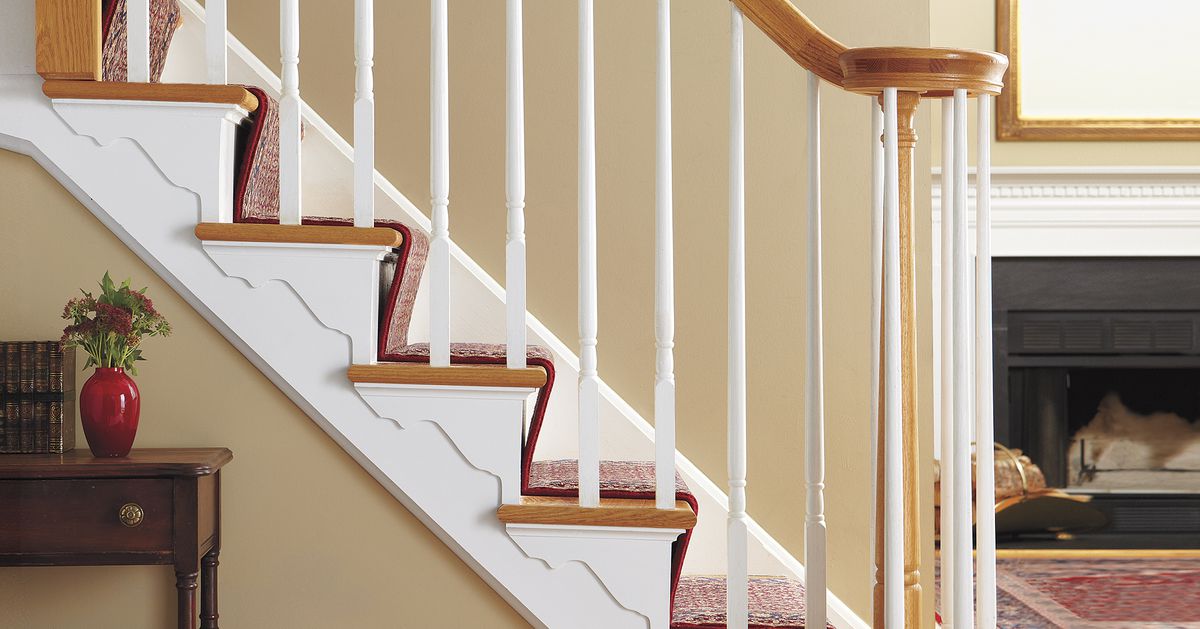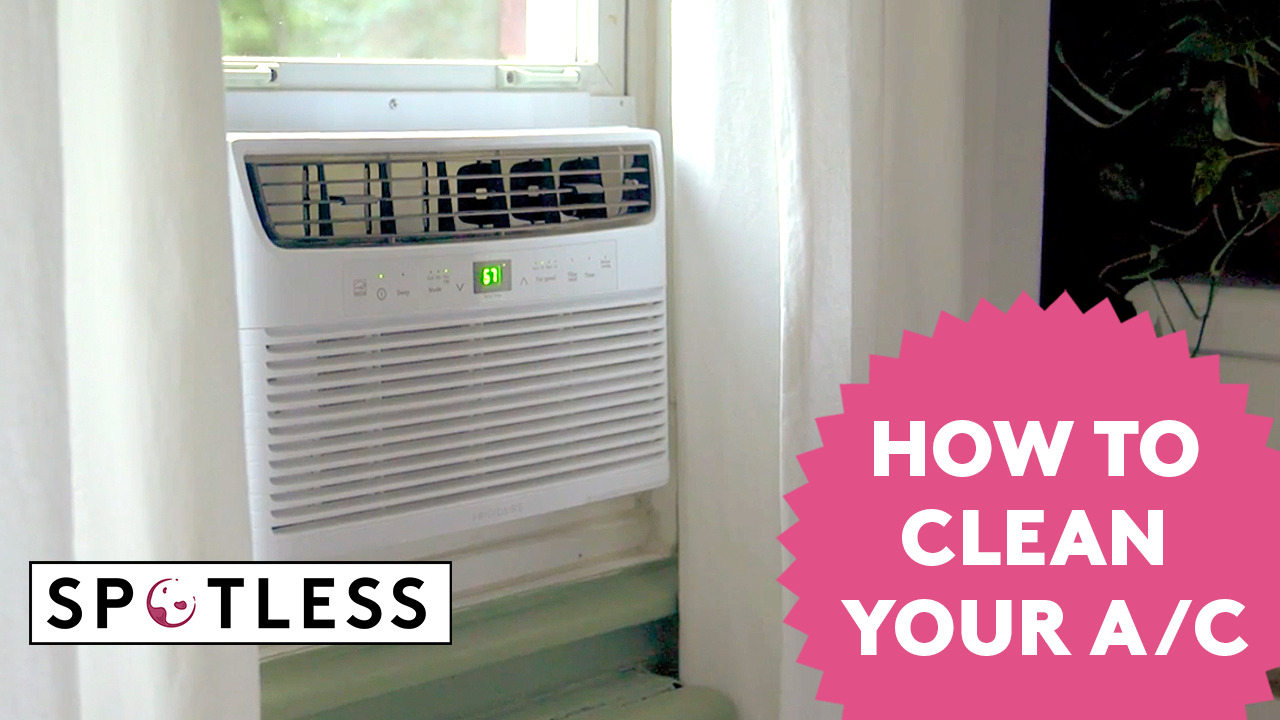Creating a budget for a home improvement or upgrade project requires more than just setting an amount you’re willing to spend. You have to take additional steps to ensure that your project is even realistic with what you think you have to work with financially. You can save some money by doing projects yourself and by picking less expensive materials.
Pick a Style First
Picking a design style to work from is going to be a big part of how much your budget needs to be. Different styles have different pricing based on the materials needed. For instance, if you like Vintage style, you can easily upcycle items that you find at flea markets, second-hand shops and even those out for trash pickup for just a few dollars. Those options can help you save a lot of money.
Create an Idea List
You should create a list of things you’d like to do in each space and look at the cost of materials for each project. Your idea list should be adjusted based upon what you find to be too expensive or unavailable locally. Choose items that are available locally as ordering custom items takes more time and costs much more.
Price Items on the List
Even before contacting a contractor, you need to price materials yourself. This will give you an idea of what materials cost before the contractor tacks on labor costs. Some projects may be out of your financial stretch anyway, but you can get more information here about potential personal and home loan options to help you afford the project.
When pricing items, also look at material type. Compare prices among different types of materials to decide which option best fits your budget.
Create a Budget with Contingency
Now that you have established what materials are going to cost and what design style you want for each space, you can create the budget. You should also create a contingency, which is extra funding to cover unforeseen expenses, which should be one-third of your total budget. An example is changing your sink setup in the kitchen and wanting to add a dishwasher. The cost of a dishwasher in brand-new condition ranges from $300 to over $1,000. You also need an outlet, water line and garbage disposal to install a dishwasher, so you will want to add $500 onto the cost of the dishwasher to have ample funding for this project plus $500 extra for unforeseen plumbing and/or electrical issues.
These steps are important to take as the amount of money you plan to spend and what you end up spending may be two different figures. Projects can easily go over-budget so you need to be diligent in sticking to your original plan rather than upgrading materials or making additions to single projects. Budgets are blown very easily when additional ideas are seen on television or in magazines. If you do make an expensive change, be prepared to compromise elsewhere to find the savings in the budget to complete the new must-have idea.




